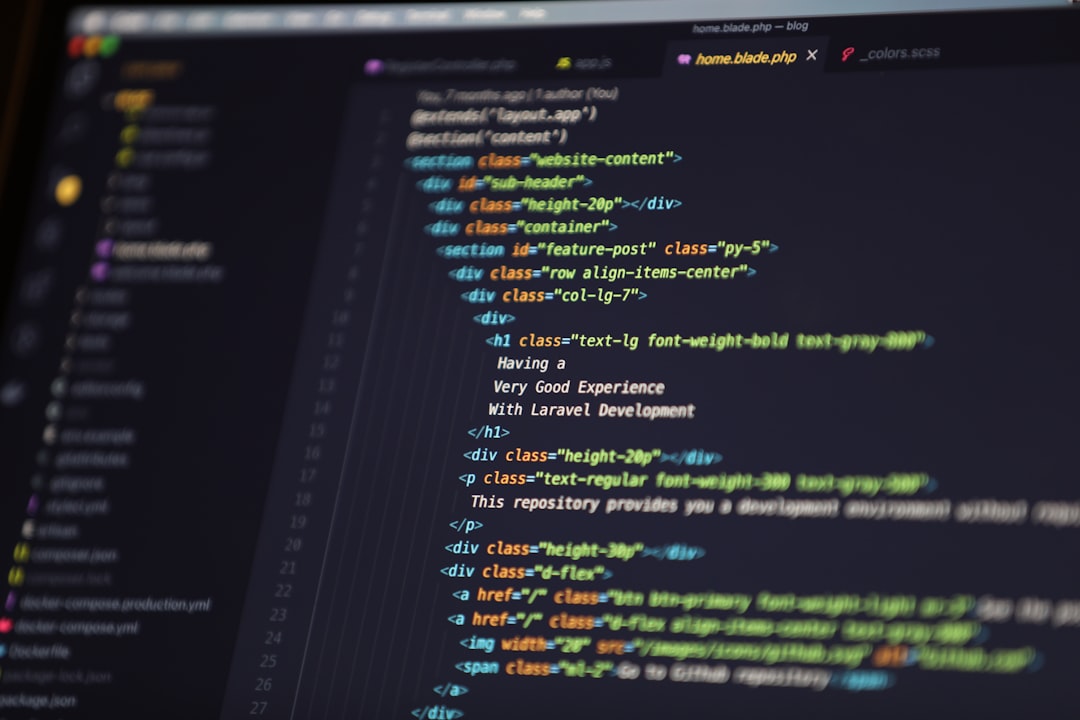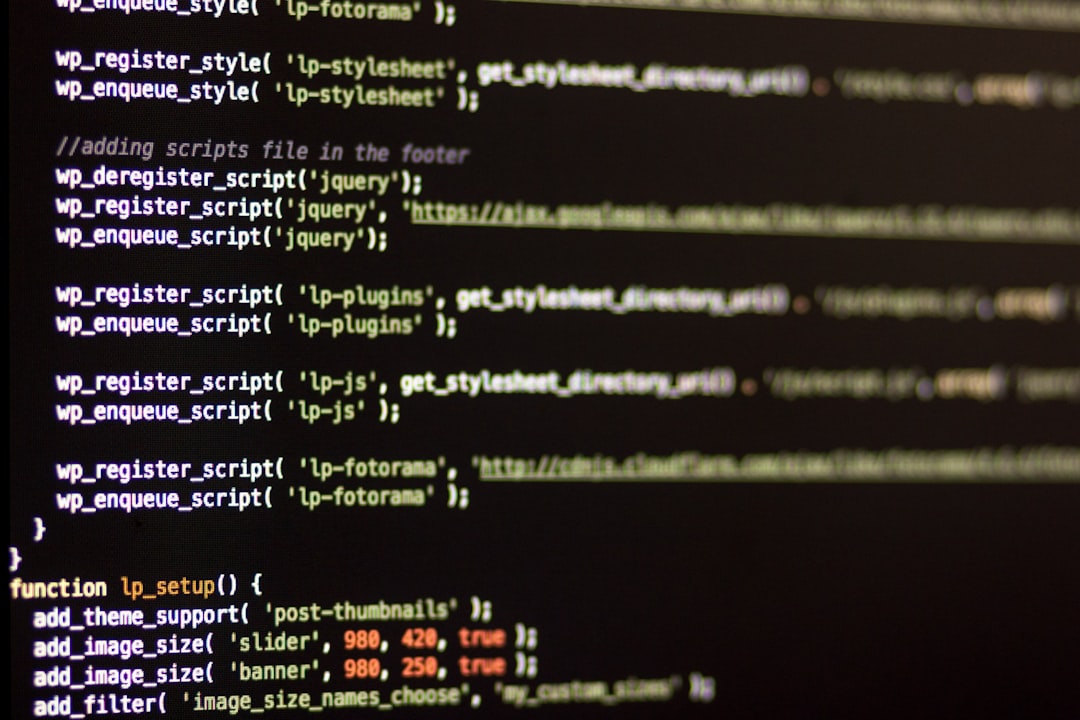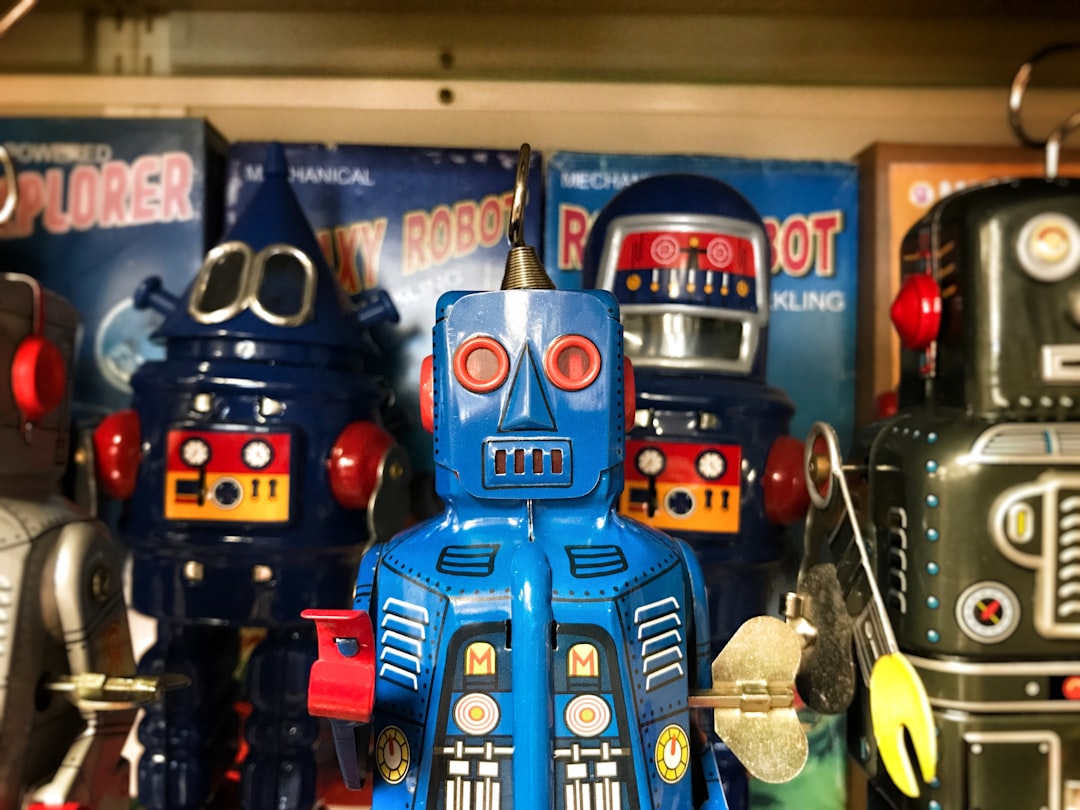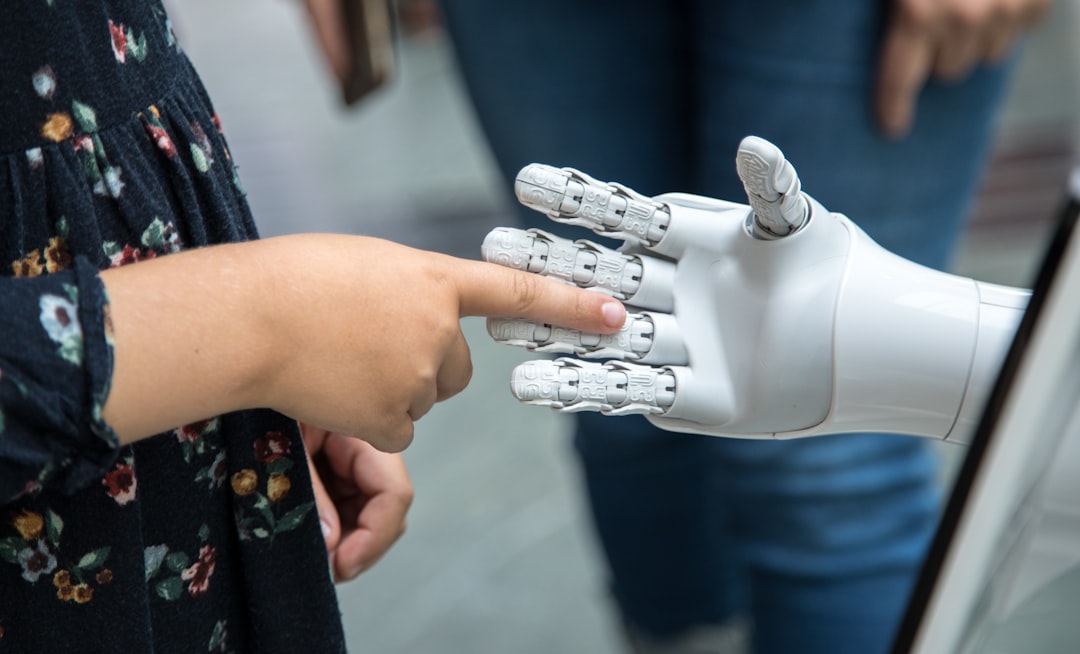What are the main challenges developers face when using AI coding assistants
Developers face several challenges when using AI coding assistants, which can impact their productivity and code quality. Here are some of the main challenges:
Main Challenges of AI Coding Assistants
1. Code Accuracy and Quality
-
Error Propagation: AI-generated code can sometimes contain errors or suboptimal solutions, which may propagate through the system if not thoroughly reviewed.
-
Contextual Understanding: AI assistants struggle with fully understanding the project's context, leading to suggestions that might not align with the intended logic or business requirements.
2. Security and Privacy Concerns
-
Vulnerability Introduction: AI tools can introduce security vulnerabilities if they suggest outdated or insecure practices.
-
Intellectual Property Risks: There is a risk of exposing proprietary code to third-party systems, especially with cloud-based solutions.
3. Performance and Speed
-
Complexity Handling: AI assistants can be slow when dealing with large, complex projects, offsetting productivity gains.
-
Outdated Models: Models trained on older …















